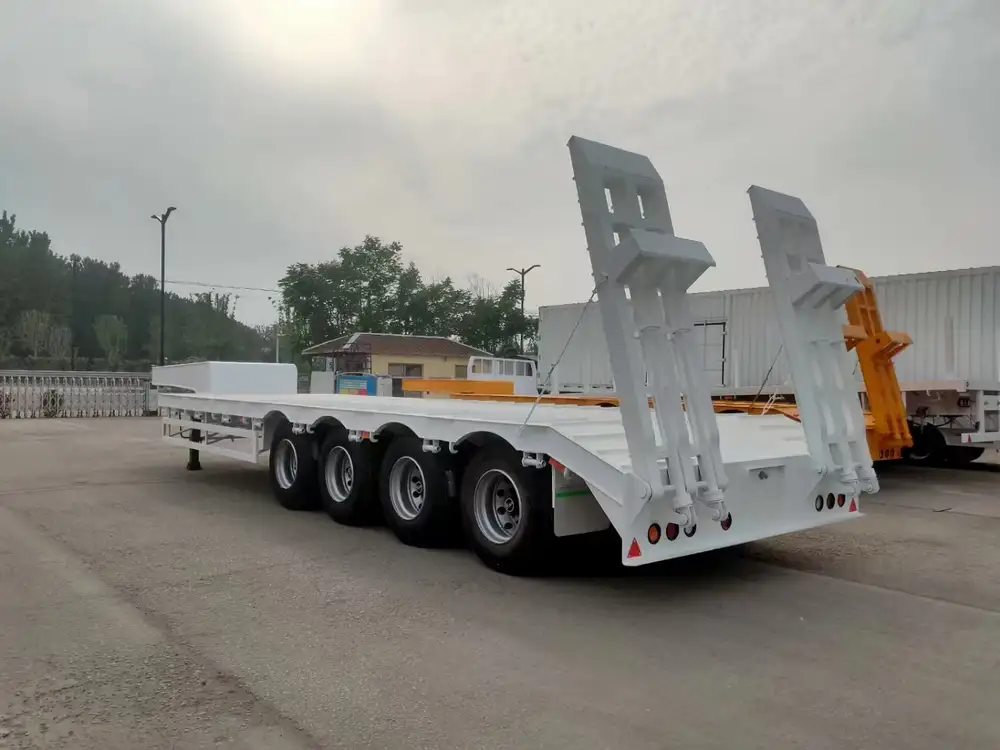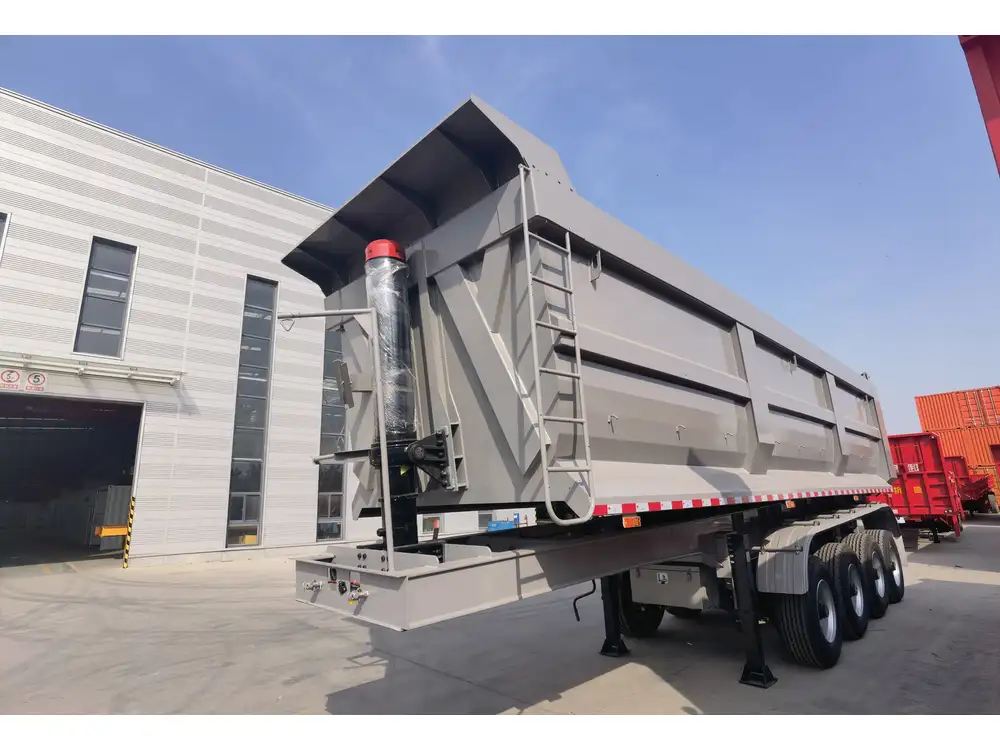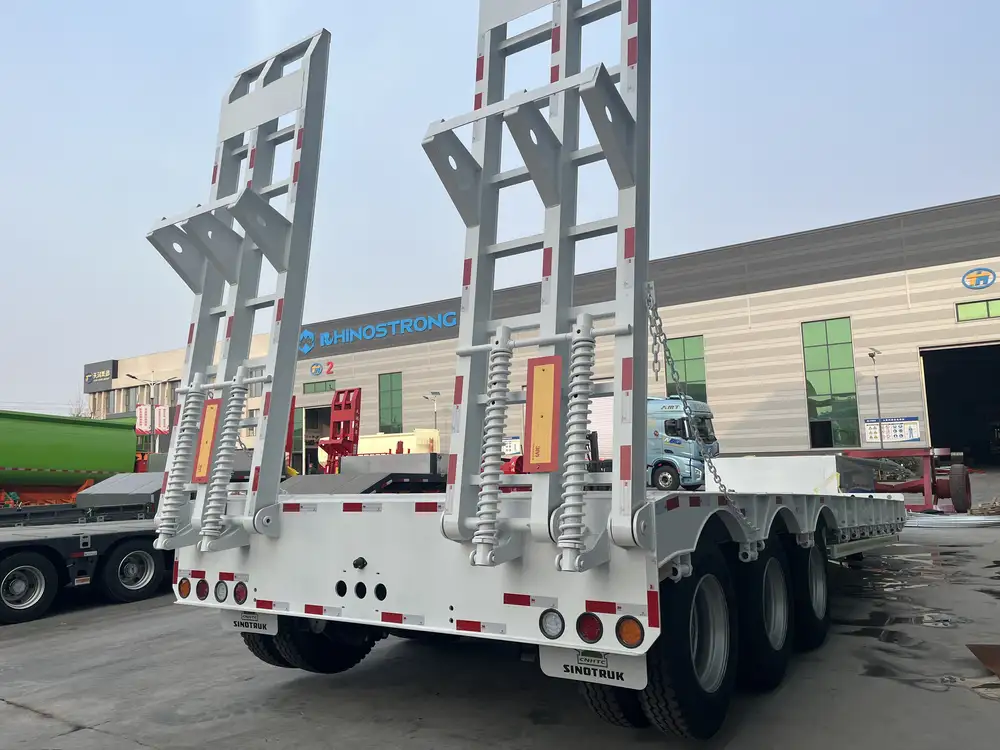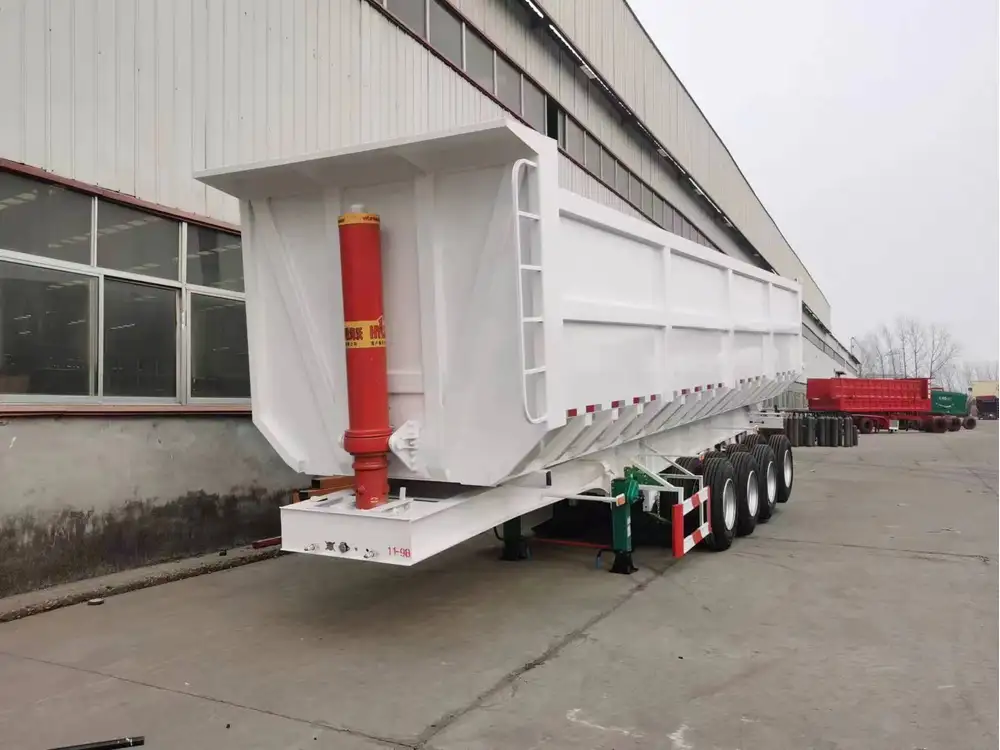When it comes to transporting livestock, optimal utilization of space is critical. Among the many concerns that farmers and ranchers face, perhaps none is more pivotal than understanding the capacity of semi trailers when it comes to fitting cattle. The configuration of the trailer, the size and weight of the cattle, and the regulations surrounding livestock transport all play a significant role in determining how many cattle you can safely load. In this article, we will delve deep into these aspects, ensuring you have all the information necessary for efficient and compliant cattle transportation.
Livestock Trailer Types and Configurations
Common Trailer Types
Semi trailers for livestock transport come in several types, each designed to accommodate different needs. Here are some of the most common styles:
| Trailer Type | Description |
|---|---|
| Gooseneck Trailers | Feature a curved front that connects to a towing vehicle via a hitch. Ideal for stability and maneuverability. |
| Bumper Pull Trailers | Easier to connect and disconnect. Suitable for smaller loads and typically lighter than gooseneck variants. |
| Livestock Vans | Enclosed trailers designed specifically for livestock, offering protection from weather and reducing stress for the animals. |
| Flatbeds | Multi-functional trailers that can be configured for various loads but may necessitate additional barriers or fencing for livestock. |

Internal Dimensions Matter
When considering how many cattle can fit into a semi trailer, the internal dimensions of the trailer are a primary factor. Most double-deck trailers for cattle have typical dimensions around 53 feet in length, 8.5 feet in width, and variable heights depending on the design. For instance:
- Total cubic feet volume = Length x Width x Height
- An example of height might be 13.5 feet, giving substantial vertical space, especially important for taller breeds or those standing.
Internal Configuration
- Divided vs. Open Space: Divided trailers allow for better organization but can reduce the overall capacity.
- Loading Ramp: Ease of loading impacts how quickly you can load animals, affecting turnaround times.
- Ventilation: Ensure proper airflow which is crucial for animal welfare during transport.
Calculating Optimal Cattle Capacity

Factors Influencing Capacity
Determining how many cattle can fit into a semi trailer involves understanding more than just space. Key factors include:
Average Weight and Size of Breed: Different breeds vary in size; for instance, an average adult Angus may weigh between 1,200 to 1,500 pounds, while a smaller breed like the Dexter weighs significantly less.
Animal Welfare Regulations: Different regions have strict regulations on animal transport, often stipulating space requirements for dwell time, rest, and feed.
Weight Limits: Federal and state laws dictate the maximum weight a truck can transport, commonly influenced by bridge laws. Most trailers cannot exceed a Gross Vehicle Weight Rating (GVWR) of 80,000 pounds on highways, inclusive of the vehicle and load.
Example Calculation
To illustrate, consider the internal dimensions stated earlier with an average adult cattle size:
- Weight Capacity: A double-deck trailer might weigh approximately 10,000 pounds.
- Available Weight for Cattle: This leaves about 70,000 pounds for cattle.
Average Weight per Bull: Assuming the average weight is 1,300 pounds, you would calculate:
[ \text{Number of Cattle} = \frac{\text{Available Weight}}{\text{Average Weight per Bull}} ] [ \text{Number of Cattle} = \frac{70,000}{1,300} \approx 54 \text{ Cattle} ]
Consider Seasonality and Special Needs
It’s also crucial to consider seasonal variations and the health of the cattle you are transporting. During warmer months, cattle may require more space due to heat stress.

Transportation Regulations and Compliance
Key Regulations to Follow
Before embarking on transporting cattle, familiarize yourself with both federal and local laws regarding livestock transportation. Some of the critical regulations include:
- Space Requirements: Ensure each animal has enough space to stand comfortably without overcrowding which may lead to injuries or stress.
- Humane Transport Standards: Cattle must be able to stand, turn around, and lie down during transport. Check regulations put forth by the Animal Welfare Act or similar local laws.
- Rest Periods: Long journeys may require scheduled rest stops where cattle can be unloaded, fed, and watered.
Tips for Efficient Loading and Transport
Creating a stress-free environment during loading and transport can enhance animal welfare and minimize transportation loss. Below are some practical tips:
- Plan Your Route: Identify appropriate routes that minimize stops and delays.
- Soft Lighting: Use soft or dim lighting when loading cattle into trailers to reduce stress.
- Calm Environment: Utilize calm cattle handling techniques to ease the animals during loading.

Monitoring Cattle Condition
Assessing Health Before and After Transport
Conducting health checks before loading can prevent complications. Use a checklist similar to:
| Health Indicators | Yes | No |
|---|---|---|
| Eyes clear and bright | ||
| No signs of distress | ||
| Proper vaccination records | ||
| No external injuries |
After unloading, perform a quick assessment to ensure all cattle have arrived safely and are healthy.
Sustainable Practices in Cattle Transport
As the agricultural industry evolves, so do the practices surrounding livestock transportation. Focusing on sustainability not only benefits the environment but can also enhance operational efficiency:
- Utilize Energy-Efficient Transport: Explore options for fuel-efficient trucks or alternative transport modes.
- Optimize Loading Strategies: Load more cattle with fewer trips, reducing carbon footprints.
- Invest in Better Trailers: New technology often provides better insulation and ventilation, benefiting animal welfare and reducing energy waste.

Summary
Fitting cattle into semi trailers requires a multifaceted approach that emphasizes optimal space utilization, compliance with regulations, and the welfare of the animals being transported. By understanding trailer sizes, average cattle weights, proper loading techniques, and regulations, you can successfully determine how many cattle can safely fit in your semi trailer.
Considering all elements, farmers and ranchers can ensure that they are not only maximizing their transport efficiency but also adhering to practices that promote animal welfare and sustainable transport policies. This leads to healthier cattle and, ultimately, a more profitable and ethical operation.
In conclusion, whether you’re a seasoned rancher or new to the livestock business, grasping the nuances of semi trailer capacities will serve you well in today’s competitive environment. Always remember to research and adapt according to the size and needs of your cattle to foster both productivity and compliance on the road.



